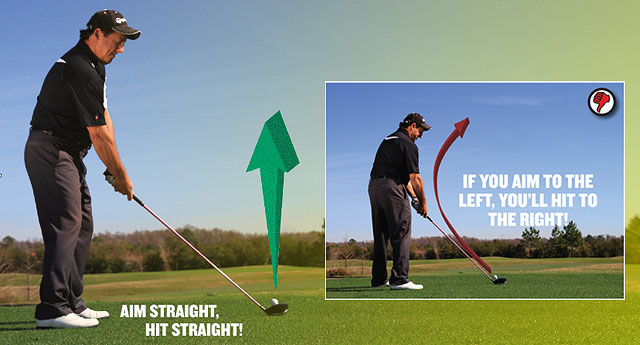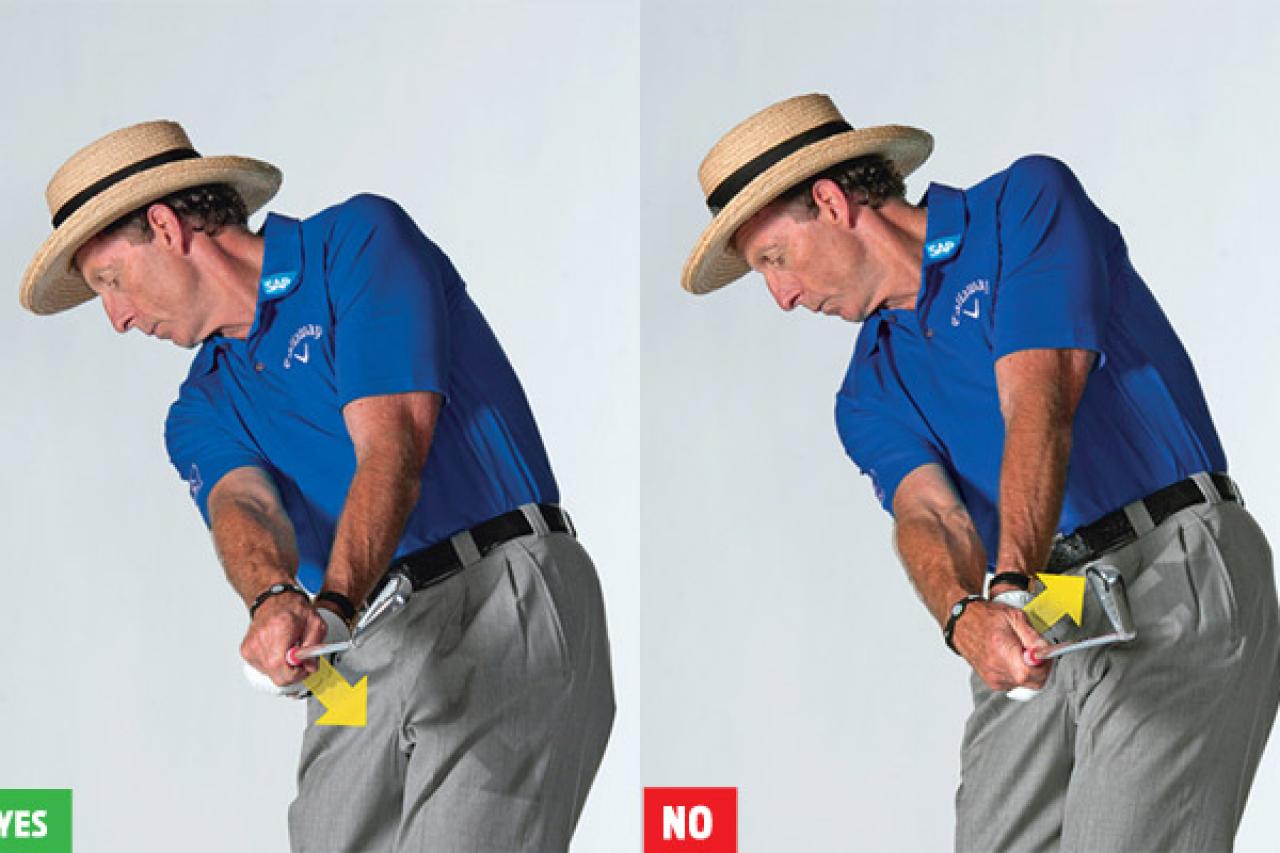
Before you learn how to play a golf club, it is important that you understand the basics and use the correct techniques. We will be covering the setup and addressing the various stages of the swing including weight transfer, grip pressure, body position and body position. Then, we'll move on to the downswing. Once you have the fundamentals down, you will be ready for the downswing.
Golf swing downswing
Because the downswing determines the ball's quality of impact, it is crucial to the golf swing. Because it determines the distance and trajectory, the moment is known as the moment-of-truth by all golfers. The moment you experience the most enjoyment from your round will be determined by it. You can improve your downswing's accuracy, contact and distance by focusing on it.

Proper grip pressure
Many golfers don’t realize how important proper grip pressure is when they swing a golf club. It is directly proportional to how tight or loosely you squeeze your clubhead. Excessive grip pressure can cause problems in the body and restrict the club's movement through impact. A slice is a grip problem many golfers suffer from. It is caused by the club head not being released into the ball upon impact. This results in reduced rhythm and power.
Body position
A key component of a good golf swing is the correct body position. Proper swings begin with the body leaning forward, while the hands guide the way in the downswing. If you don't do this, you might end up flipping your golf clubs or casting them. At impact, the knees should have some flexibility. The clubhead should align with the target. If the knees lock up at impact the shot will be weak.
Weight transfer
A great golf swing is dependent on proper weight transfer. You can lose your balance, have difficulty hitting the ball straight, or prevent you from making contact. Here are some examples.

Ball position
The idea of the ball's position when you swing a golf club is fairly simple, but most people don’t see it that way. The clubs that you should use at each position should be included in a golf swing chart. Most people do not hit full shots from positions beyond the middle. This position is typically reserved for pitching and chipping. You should start with the shortest club in the middle position.
FAQ
What is the best time of year to play golf?
Between May and September is the ideal time to golf. There is rarely any rain during this period and the temperatures are usually moderate.
Winter can be extremely cold. Snowfall can make it difficult for fairways to be walked.
The grass can grow too high in spring and autumn making it difficult to see the flagstick.
What is a Bogey?
A bogey can be described as an imaginary number that is used by golfers to set a goal. It is not actually part of the game but rather a way of keeping score. The hole is won if the player shoots closest the number.
Jock HUTCHISON, the first professional player from Scotland, invented the concept of a “bogey”. He came up with the idea while playing on his own at home.
He wanted to keep track his progress so he wrote down a number and stuck it to the wall over his bed. This became known as the "Hutchy Bogey."
Is golfing dangerous?
Even though golf is not considered dangerous, it can inflict injury. If you are swinging a club, for example, your arm might be broken.
However, most injuries can be caused by falling from your golf trolley.
What do I need to bring on a golf trip?
Take some snacks and drinks with you. Remember to bring your favorite t-shirt, sunglasses, gloves and towels.
What is the average cost of a round?
You can expect to pay anywhere between $15-$30 per person. This amount includes greens fees, cart rental, and refreshments.
How is golf scored?
The scorecard is broken down into four distinct categories: Stroke Play (Par 3, Par 4 and Par 5), and Stroke Play (Par 3 & Par 4). Each category is further broken down into strokes. To reach par, a player must play 18 holes (Par 72).
The lowest score wins.
Statistics
- Professional golfers typically make between 60% and 70% of greens in regulation. (en.wikipedia.org)
- They do this by means of assessing and rating courses according to the average good score of a "bogey golfer," a player with a handicap of around 20. (en.wikipedia.org)
- In the United States, the number of people who play golf twenty-five times or more per year decreased from 6.9 million in 2000 to 4.6 million in 2005, according to the [51] (en.wikipedia.org)
- In the United States, women made up 25 percent of golfers in 2021, which was up from 19 percent in 2011, and junior female golfers account for 35 percent or 1.1 million golfers.[50] (en.wikipedia.org)
External Links
How To
How To Hit A Perfect Bunker Shot
A bunker shot refers to a type of shot in golf where your ball is directed at a spot on the green (the hole), and you aim for that spot so it doesn't bounce off the surface. This is achieved by taking advantage the green's slope. This is done to ensure that the ball travels as straight as possible towards the hole.
You want to play golf in the best possible line to get to your target point. There are many factors to consider, such as distance from target, terrain and whether the ball must bounce off the ground or fly straight. Weather conditions can also be important.
It is important to understand the fundamentals of bunker shooting in order for you to achieve perfect results. First, you should determine if you are going uphill or downhill. If you're looking uphill, you will need to use a drawing tool. You'll need to swing with an fade if you are facing downhill. Next, you'll need to figure out how fast you need to move your body in order to stop the ball from bouncing off the green. Measure the angle between the ball's head and the direction it is traveling. Finally, you will need to know how big the bunker is you're trying to hit.
After you have figured out these basics, you can begin swinging. The ball should travel as far as possible past the clubhead, while you must swing slowly enough to keep it from hitting the green. Once you've established the best speed and trajectory, it is time to start your approach. Approach the ball slowly until you are close enough to see the landing area. Before you release the ball, take a final look at it. You should have a perfect bunker shot if everything goes according to plan.